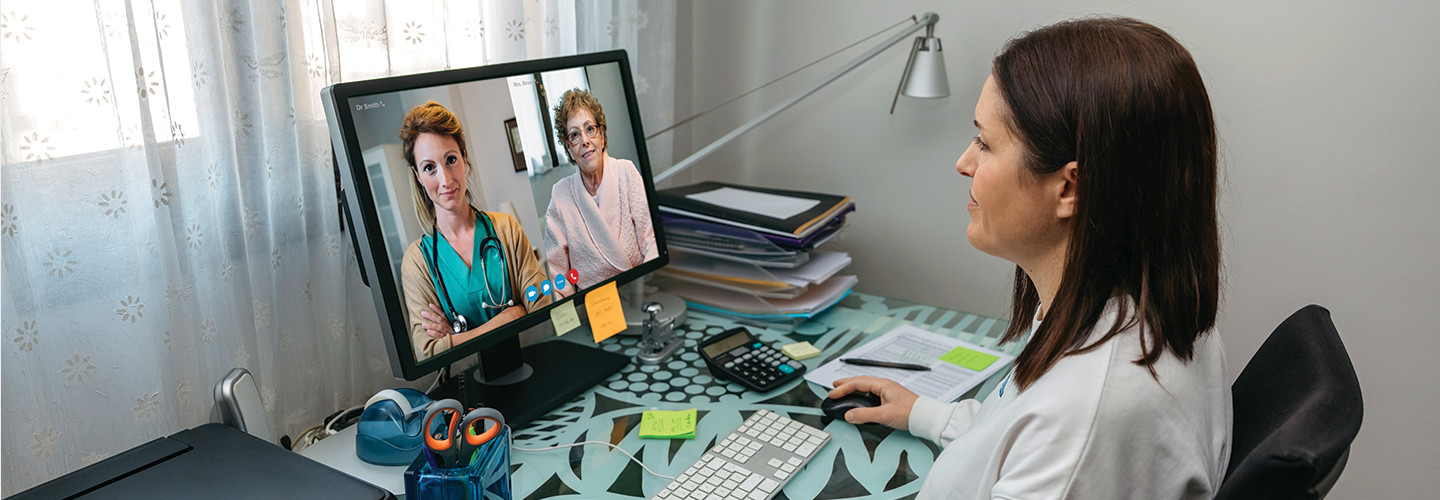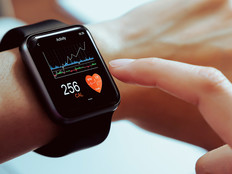Telehealth Services at Hospitals Are Expected to Grow
Amber Humphrey, Vanderbilt University Medical Center’s director of telehealth, said that when the pandemic hit, 50 percent of the health system’s overall volume transitioned to telehealth, almost overnight.
“We saw patients become very comfortable very quickly using telehealth, and we have done more than 200,000 direct-to-patient visits since early March,” she says.
Telehealth has also become widespread across healthcare practice areas, with participating care providers ranging from primary care to internal medicine. At VUMC, the offering also covers many pediatric specialties, including complex care for children who are not ambulatory.
“Telehealth is an expectation for patients now,” says Humphrey. “They like the convenience and knowing they can include long-distance family members in their care.”
The experience of Baylor Scott & White Health indicates telehealth options are also bringing in new business, with 400,000 new patients trying out the health system’s COVID-19 virtual care service.
At Orlando Health, an eight-hospital system based in central Florida, staff deployed mobile devices to allow video visits between family members. There, staff pursued a deployment strategy of “proofing and piloting” that resulted in a far quicker uptake of telehealth than the hospital had initially anticipated.
Atrium Health, which launched its virtual hospital program last March, can attend to two levels of care — observation care and acute care — via telehealth, including 24-hour remote monitoring of vital signs.
“I have heard a major healthcare system in the Cleveland area, where I live, is expecting to have 20 to 25 percent of its visits as telehealth moving forward,” says Ryan Palmer, a principal at the strategic advisory firm Kennedy. “This is driven by reimbursement, but also by patient demand.”
RELATED: How to address disparities in telecare services.
How Telehealth Programs Leverage Smart Devices
In the future, hospitals will be able to provide additional in-home testing devices and contactless services — for example, integrating smart healthcare devices into video visits — to further reduce patients’ need to leave home for care.
Some of these products are already on the market, such as smart blood glucose meters that can send patient information to providers.
“Increasingly, telehealth visits will be enhanced by devices like these, increasing the value proposition of the telehealth visit to both the patient and the provider,” says Palmer.
As providers continue to use the lessons learned in 2020 to find new ways of using in-home health monitoring devices and services, that in turn will open new opportunities to detect, diagnose and provide early interventions for illnesses.
“There will always be a need to meet in person with one’s provider, and there are things one simply can’t do as well using telehealth as can be done in person, like a physical exam,” Palmer says. “But there are many things that can be done well in a telehealth visit, and having that option that allows the patient more flexibility. So I see the two models of care as complementary.”
MORE FROM HEALTHTECH: See how some hospitals are using telehealth to support patients' safety.










